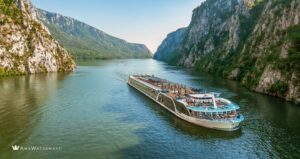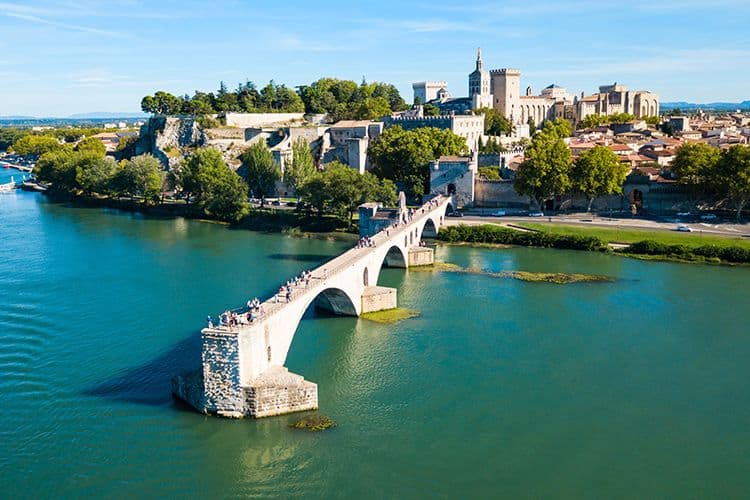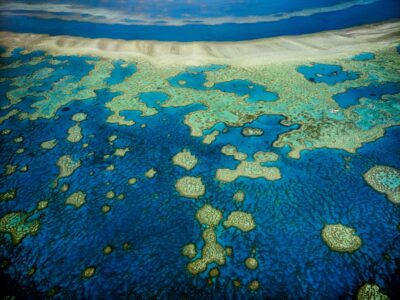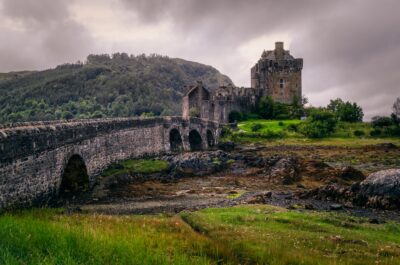River cruises provide an eclectic experience from bustling cities like Paris and Amsterdam to rural villages tucked into the countryside, providing unique sights. According to Absalom, cultural experiences make river cruising stand out among other options: whether that means experiencing Budapest’s architectural grandeur or Vienna’s legendary musical legacy, or touring Germany’s classic gingerbread towns.
1. The Riverboat Experience
After World War II, improved rail transport led to a drop in barge shipping on Europe’s rivers. Enterprising cruise line owners saw this as an opportunity to turn some no-frills barges into luxurious riverboat experiences by converting some into passenger ships and offering river cruise tours on them.
These ships provide an intimate ambiance and focus on destination-driven activities. Additionally, they provide a selection of classic to gourmet dining options and allow passengers to see both iconic European landmarks as well as smaller villages that often go overlooked.
Avalon’s European river cruises showcase both dynamic cities like Paris and Amsterdam as well as charming towns that make the experience worthwhile. Enjoy relaxing along Holland and Belgium’s charming canals or admire Hungary’s striking Hungarian Parliament building at night; any Avalon cruise will surely leave an indelible memory behind.
2. The Personal Touch 
River cruises can feel more intimate than ocean voyages due to the smaller ship sizes and intimate environment onboard a riverboat. Passengers typically don’t exceed 150 and staff-to-passenger ratios tend to be high; this allows cruise directors to make personalized arrangements for guests. Scenic offers an all-inclusive river cruising experience in Europe via its European itineraries; amenities onboard include pillow menus, private balconies and butler service who complete nightly turndowns among many others.
On-board activities vary as well; for instance, a Rhine cruise takes travelers past vineyards and castles along its slope-side to historic cities like Strasbourg in France or Cologne in Germany. Tours often showcase local cuisines or may take them to sites such as Bulgaria’s Belogradchik Rocks where naturally formed towering red rock pinnacles resemble Madonna with Child formations.
3. The Uncrowded Experience
River cruise itineraries provide an ideal opportunity to see the sights without jostling with crowds. Your ship’s crew is on hand to guide your experience, with daily escorted walking tours and excursions taking you directly to key sights in both city and countryside settings.
On the Rhine, you can sail past sprawling slope-side vineyards, historical castles and medieval half-timbered villages. In Germany, disembark and visit Neuschwanstein and Black Forest castles before touring Nuremberg city center. A Seine cruise provides you with an opportunity to admire UNESCO-listed Giverny home and gardens of impressionist artist Claude Monet – giving you a view into his amazing world!
As opposed to ocean liners, river ships typically hold less than 500 passengers on average, making it easy for you to meet other travelers and form lasting friendships. Furthermore, their high staff-to-passenger ratio ensures excellent levels of service resulting in an experience that offers both relaxation and exploration.
4. The Local Connection 
Barges historically plied Europe’s waterways, transporting bulk cargo that was difficult to move via trucks or trains. But with improved rail transport services, their use began decreasing; this in turn spurred enterprising ship owners to convert old barges into passenger vessels for long leisurely cruises along European rivers.
As river cruising has grown increasingly popular, companies such as AmaWaterways, Scenic and CroisiEurope developed luxurious fleets to meet this burgeoning market. Their upscale ships feature modern decor with stateroom views that boast tasteful decor; fitness classes; The Chef’s Table specialty restaurant are just some of the features unique to these luxurious vessels.
Interviewees (cruise terminal operators and passengers) stressed the need for ports to improve connectivity between themselves and tourist attractions, shopping areas and restaurants, point-to-point shuttle buses or coaches to transport tourists between accommodation facilities and cruise ports and point to point shuttle buses or coaches connecting tourist ports with each other; and to reestablish competitiveness among ports so as to help maintain cruise tourism after pandemic outbreak.





